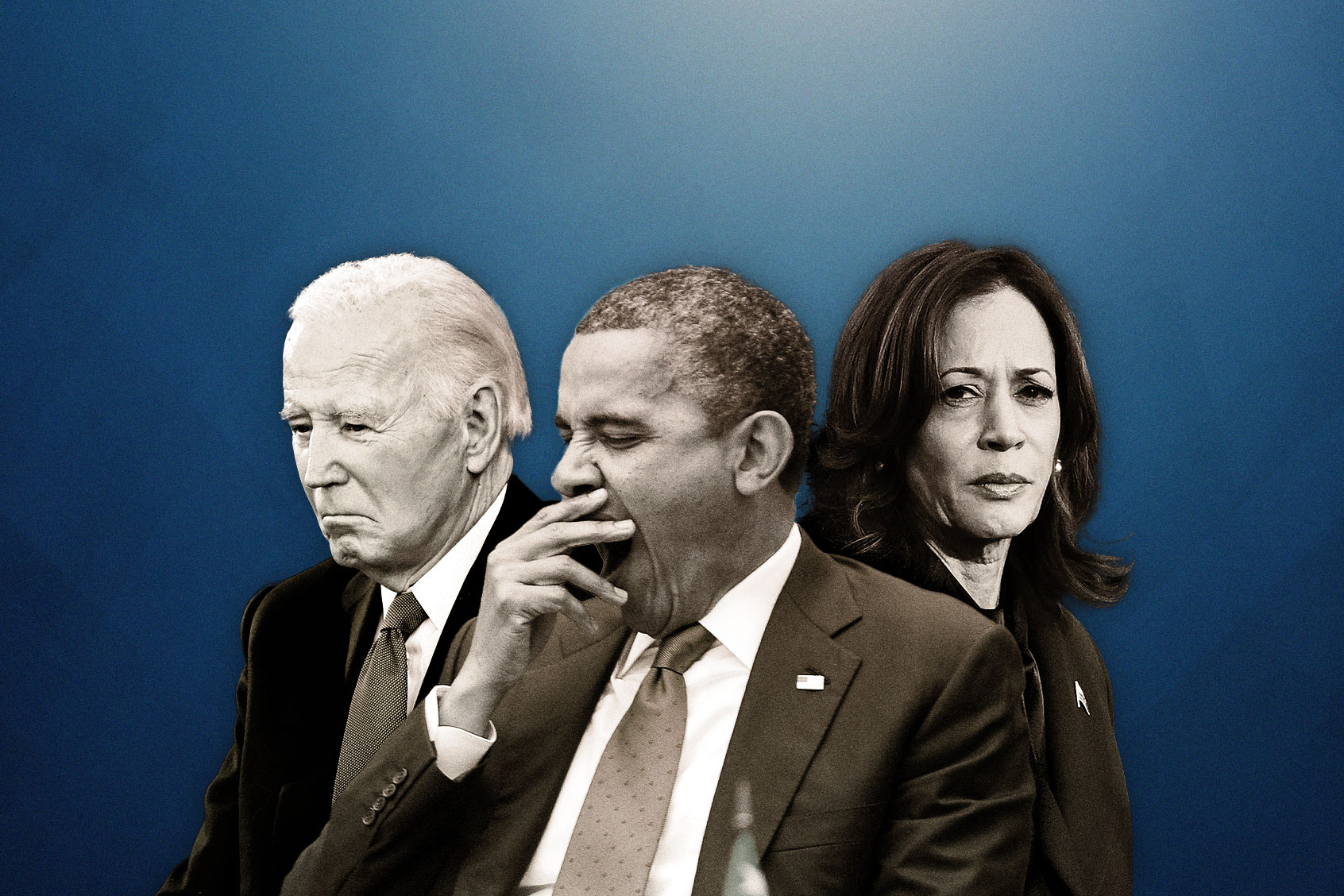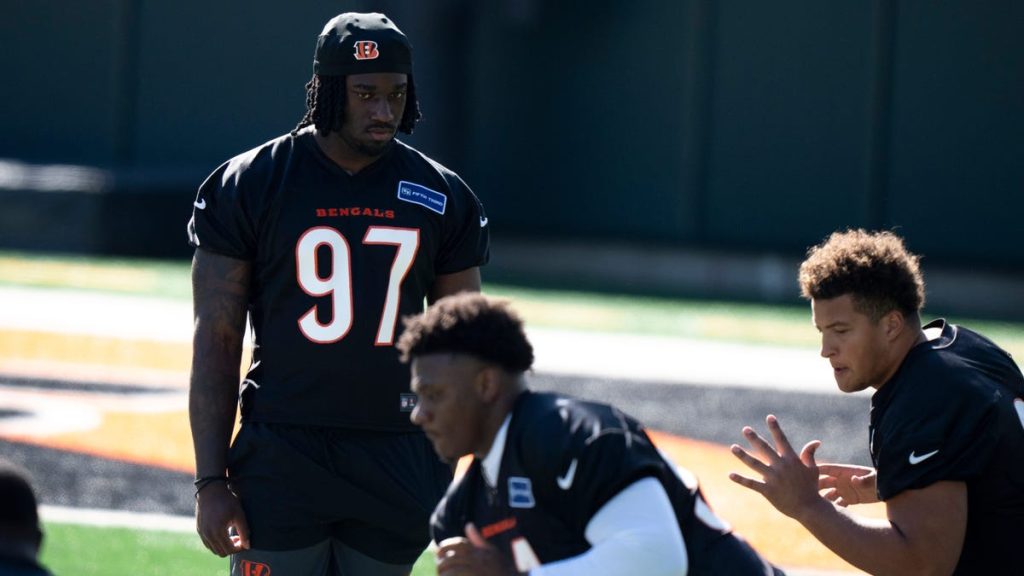Now Reading: Why the Democrats are still stuck in the past
-
01
Why the Democrats are still stuck in the past
Why the Democrats are still stuck in the past

Amid rising opposition to Donald Trump’s authoritarian rule, a majority of Americans now view him as a dictator. It has been observed that the crucial difference among elected Democrats is not their “progressive” or “moderate” stance, but their willingness to confront challenges head-on. However, beyond these distinctions lies a more significant one: the contrast between present-focused and future-focused actions. This sheds light on the Democrats’ enduring issues and how conservative Republicans have capitalized on them over decades, culminating in the rise of Trump.
For years, the Democratic Party has spearheaded major policy advancements since the New Deal era. Yet, it remains entrenched in status-quo, poll-driven politics. In contrast, the Republican Party, while veering towards radicalism and nostalgia, is more oriented towards effecting fundamental change to restore America to a bygone era.
A recent revelation from Dan Davies’ “The Unaccountability Machine” highlighted the tension between present and future orientation, a concept embedded in the Viable Systems Model. This model delineates systems into five levels, with a focus on balancing the current state with future prospects. Democrats appear to lack the fourth and fifth-level systems, unlike Republicans, who possess a more comprehensive strategic outlook.
The Viable Systems Model underscores the critical systems Democrats are missing, which range from operational functionality to long-term viability and adaptability. The absence of a comprehensive future-oriented approach within the Democratic Party hampers its ability to navigate evolving challenges effectively. In contrast, Republicans demonstrate a more cohesive approach towards long-term strategic planning.
The Democratic Party’s historical achievements have been overshadowed by its adherence to conventional, short-sighted strategies. In contrast, Republicans have adeptly leveraged ideological purity and long-term vision to advance their agenda. The lack of a coherent future-oriented strategy within the Democratic Party has impeded its ability to counter conservative narratives effectively.
To counter the prevailing conservative narratives and shape a more compelling vision for the future, Democrats must prioritize the development of higher-level systems within the party. By embracing a more future-oriented approach and articulating a coherent philosophy, Democrats can navigate the evolving political landscape and effectively communicate their values to the electorate.






